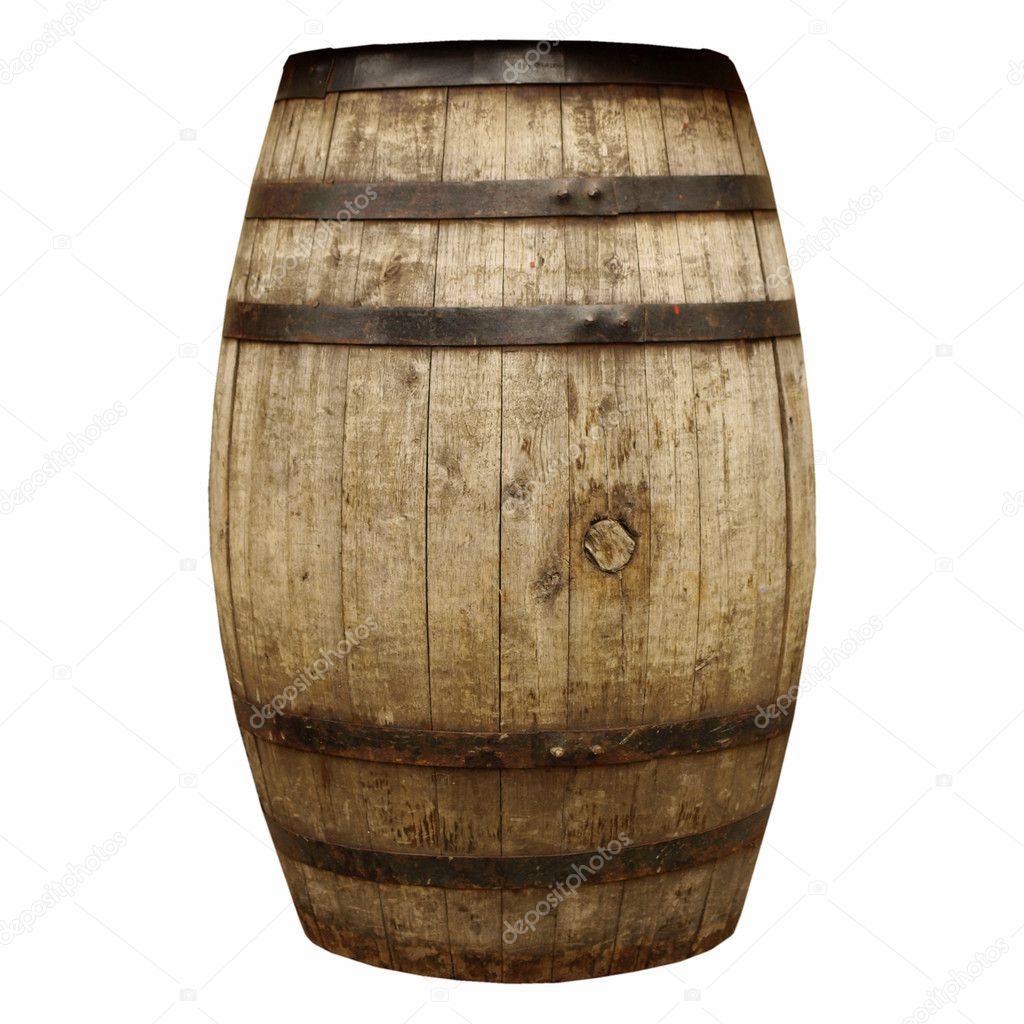During the years when I was five to nine years old, I lived
next to the barrel works in central London. We moved from there to Windsor in
January 1958.
Until the second half of the 20th century, there
was a market for large barrels made of wood.
The house where I lived backed onto the yard where the
barrel works piled the boards they used to make the barrels. There was barbed
wire at the top of the fence, but you could get over it by climbing the junk
piled behind a neighbour’s garage and jumping over the wire onto the top of the
stacks of boards.
Barrel boards were curved and tapered so the barrels would be
wider in the middle and narrower at the ends. These boards were stacked so that
each layer of boards was set at right angles to the ones above and below. What
looked like one stockpile of boards was actually a huge set of crisscrossed
towers stacked against each other.
The kids in our neighbourhood made forts in the piles the
way people play Jenga (www.jenga.com ), that
game with little squared logs where you try to remove logs without the pile
collapsing.
Today I imagine how dangerous that was and I wonder how none
of us got crushed in a cave-in. We did have cave-ins, but we always wormed our
way out.
The key to not getting caught by the barrel yard workers was
to build the fort in the middle of the stockpile that could be a dozen or more
stacks long and four or five stacks deep. We would make a shaft from the top by
taking the boards out one at a time and adding them to the surrounding stacks
so they wouldn’t be noticed.
We learned to leave the outer boards in place so we could
put the top two layers back so the fort would not be found. That meant the
outer boards had less weight securing them, so climbing was precarious. One
time we got a nice shaft built and we figured out how to remove some boards in
adjacent stacks to make a couple of rooms. It’s a wonder we weren’t maimed or
killed when it collapsed.
When the barrel workers were retrieving boards to make
barrels, they would find a fort. That led to somebody coming up the street
knocking on doors to tell parents that kids were playing in the barrel lumber
piles. Our mothers would say, “Stay out of the barrel works” and we’d say “Okay
Mom.”
Even today, if you read this and you know my mother, don’t
mention forts in the barrel works.
If you would like to see where the barrel works was, on
Google Maps go to Hamilton Road and Little Grey Street, London, Ontario. The barrel works was in the area between the houses on Rathgar
and Pearl Street and between Little Simcoe and Little Grey Streets. After we
had moved to Windsor and the market for wooden barrels ended, the barrel works became
a geared-to-income housing project.

John, love your story, my uncle who lived at 6 Boulee St, just North of Oxford, started out as an uneducated floor sweeper at the barrel works and ended up being the head of machinery maintenance. His wife was my mother's sister. I was born in 1957 and we lived at Giles & Parent in Windsor. My cousin and I would use boxes of bung rejects like wooden blocks, we too were all pretty poor back then.
ReplyDelete